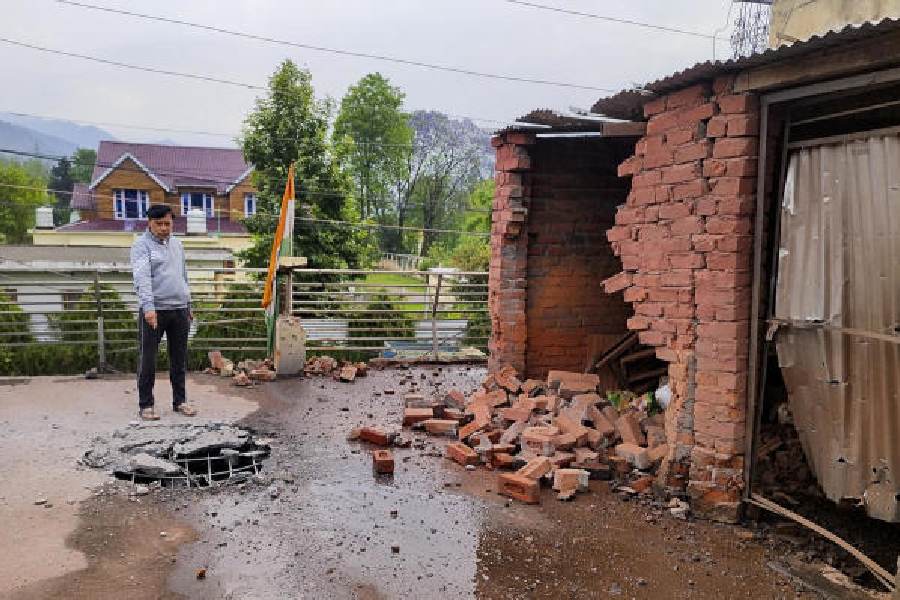 |
| A herd of elephants at Deepor Beel near Guwahati. Picture by S.H. Patgiri |
New Delhi, Feb. 5: Elephant conservation in the Northeast is set to get a boost with the decision to establish a few more reserves in the region.
While the proposals for two — Intanki in Nagaland and Deomali in Arunachal Pradesh — are being prepared and are expected to be completed within six months, plans are on to determine the feasibility of similar schemes in other states.
Explaining the rationale behind the decision, Project Elephant director S.S. Bist said, “The protected area system does not work for elephants as they require a lot of space to move about. The Northeast has an advantage over the rest of the country as it can spare land for the habitats, he added.
There are other advantages as well. People are more aware and knowledgeable about wildlife here, which helps in conservation.
The basic criteria for setting up a reserve is that it should be part of a range, which would allow a “minimum degree” of free movement for the elephant. Intanki, considered part of the Kaziranga range, is spread over 6,200 square km, which is bigger than Deomali in Arunachal Pradesh that has an area of 1,800 square km and part of the south Brahmaputra range. The total elephant population in these two sanctuaries is nearly 2,000.
The Northeast currently houses seven reserves with the population of Asian Elephants numbering 9,243, according to the directorate's estimate carried out in 2002. The total estimate of the species in the country is nearly 26,000.
Whenever a national park or sanctuary is declared an elephant or a tiger reserve, an additional financial package is made available by the directorates for their upkeep. This apart, for an elephant reserve, a stakeholders’ committee is established that usually includes representatives from the district administration, panchayat and the joint forest management.
The committee prepares a perspective plan for 10 years on the basis of which the directorate decides the annual financial allotment. During 2003-04, an amount of Rs 7.2 crore was made available for the 24 reserves in the country.
The natural advantages notwithstanding, most northeastern states have exhibited a declining elephant population in the past decade. The most alarming trend is in Meghalaya where more than 1,000 elephants are supposed to have perished between 1993 and 1998. Officials attribute the phenomenon to the growing incidence of poaching in the region, aided by a poorly manned border spread over hostile terrain. “But efforts are on to tackle this menace and also reduce the man-elephant conflict. “The new strategy would be based on a new concept of management of these reserves besides taking recourse to sophisticated technology,” an official said.











